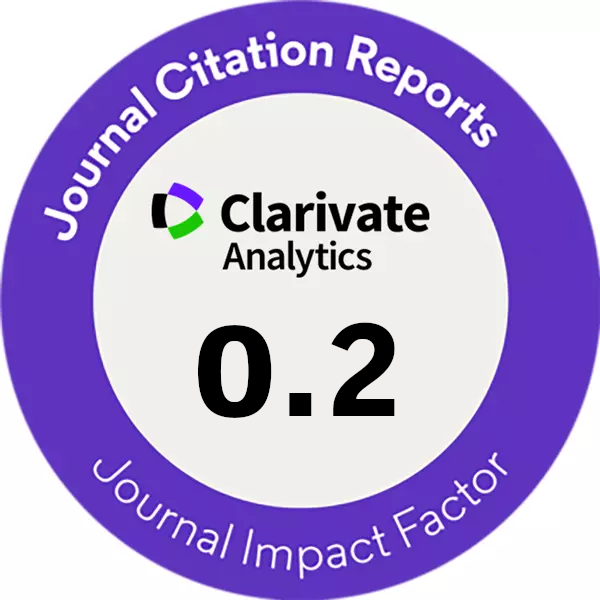RESEARCH ON DYNAMIC SIMILARITY MODEL TEST OF DAMAGE DETECTION FOR TRANSMISSION TOWER
DOI:
https://doi.org/10.14311/CEJ.2016.03.0018Keywords:
Dynamic similarity, Model test, Damage detection, Transmission towerAbstract
In order to explore the dynamic similarity model test method different from atmospheric boundary layer wind tunnel and shaking table model test, in accordance with dynamic similar theory, an elastic model of a transmission tower with 1/35 scale and 5.2m height has been designed and manufactured with thin-walled circular pipes of high-density polyethylene. The model has been tested in the laboratory for time and frequency domain responses under suddenly unloading, essential dynamic characteristic of the scale model is also analysed and compared with that of its prototype tower, the dynamic similarity of the two is confirmed. By the mathematical deduction of Wigner-Ville Distribution (WVD) signal terms of structural free vibration response, the new damage detection index with clear physical signification is forwarded for damage detection for transmission tower, the damage detection test of the scale model of transmission tower is then carried out, totally three damage cases, related with chord rod weakening, flank rods failure, different damage degrees and positions, are tested to validate the proposed damage detection index.
Downloads
References
Deng Hong-zhou, Zhu Song-ye, Wang Zhao-min, 2004. Study on dynamic behavior and wind-induced vibration response of long span transmission tower. Building Structure, Vol.34(7):25-28
Dong Dai, Hou Jiang-guo, Xiao Long, 2013. Development of calculation program for identifying main failure modes of transmission tower system. Engineering Mechanics. Vol.30(8):180-185
Xiong Tie-hua, Liang Shu-guo, Zou Liang-hao, 2009. Dominant failure modes of a transmission tower and its ultimate capacity under wind load. Engineering Mechanics. Vol. 26(12):100-104
Liu Chun-cheng, Sun Xian-he, Mou Xue-feng, 2011. Reliability analysis of high voltage transmission tower under icing load. Water Resources and Power. Vol. 29(5):156-158
Li Hong-nan, Bai Hai-feng, 2007. State-of-the-art review on studies of disaster resistance of high-voltage transmission tower-line systems. Civil Engineering. Vol. 40(2):39-46
Lam Heung-fai, Yin Tao, 2011. Dynamic reduction-based structural damage detection of transmission towers: practical issues and experiment verification.Engineering Structures. Vol. 33(5):1459-1478
Liu Gang, Yang Pu, Qin Yang, 2012. Detecting damage location of cup-towers. Journal of Vibration, Measurement & Diagnosis. Vol.32(3): 471-476
Benedikt Weber, Patrick Paultre, 2010. Damage identification in a truss tower by regularized model updating.Journal of Structural Engineering. Vol.136(3):307-316
Climente-Alarcon.V, Antoino-DAviu.J.A, Riera-Guasp.M, 2012. Application of the Wigner-Ville distribution for the detection of rotor asymmetries and eccentricity through high-order harmonics.Electric power systems research. 91:28-36
Ma Hui, Zhao Xin, Zhao Qun-chao, 2007. Application of time-frequency analysis to rotation machinery fault diagnosis. Journal of Vibration and Shock, Vol.26(3):61-63
He Min-juan, Liang Feng, Ma Ren-lel, 2010. Shaking table test for a super high steel TV tower. Journal of Vibration and Shock. Vol.33(1):77-80
Zhao Gui-feng, Xie Qiang, Liang Shu-guo, 2009. Wind tunnel test on wind resistant design of high-voltage transmission tower-line coupling system. High Voltage Engineering. Vol.35(5):1206-1213
Downloads
Published
Issue
Section
License

This work is licensed under a Creative Commons Attribution-NonCommercial 4.0 International License.
Authors who publish with this journal agree to the following terms:
- Authors retain copyright and grant the journal right of first publication with the work simultaneously licensed under a Creative Commons Attribution License that allows others to share the work with an acknowledgement of the work's authorship and initial publication in this journal.
- Authors are able to enter into separate, additional contractual arrangements for the non-exclusive distribution of the journal's published version of the work (e.g., post it to an institutional repository or publish it in a book), with an acknowledgement of its initial publication in this journal.
- Authors are permitted and encouraged to post their work online (e.g., in institutional repositories or on their website) prior to and during the submission process, as it can lead to productive exchanges, as well as earlier and greater citation of published work (See The Effect of Open Access).









